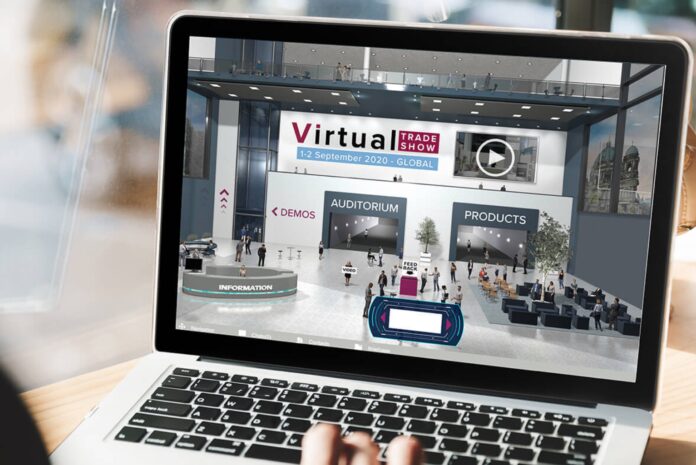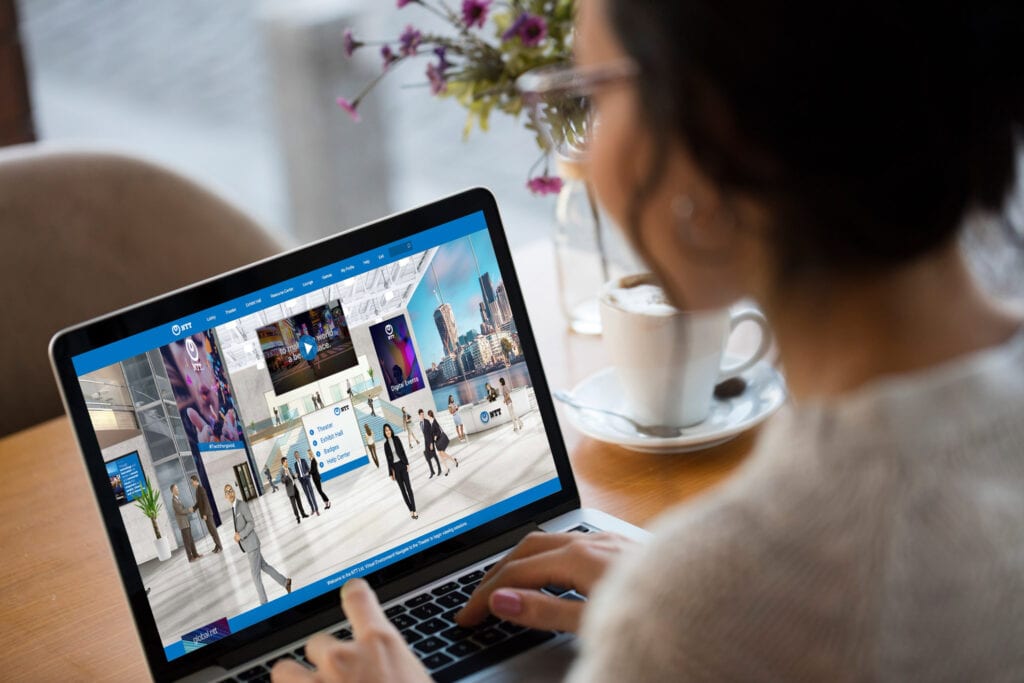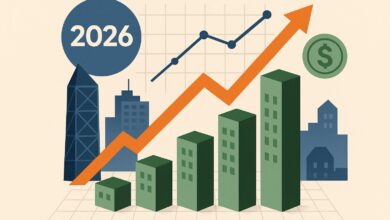The Future Of Trade Shows

In order to envision the future of the multi-trillion dollar trade show industry, we must first rewind to its origin. The very first trade show, known as The Great Exhibition, dates back to May of 1851 – in Central London under the reign of Queen Victoria. The monumental Crystal Palace was designed for the very purpose of trade and barter. The exhibition showcased the culture and industry of the 19th century, with the era’s most prominent figures in attendance.
The exhibition’s principle aim was to celebrate modern industrial technology and design while capitalizing on returns. The platform allowed countries of the world to come together in the pursuit of innovation – and display their achievements in science, technology, machinery, textiles, arts and more.
The Great Exhibition witnessed an attendance average of 42,831 visitors per day accumulating a grand total of six million visitors and £186,000 during its five month existence. The surplus amounts to roughly USD32 million in today’s economy.
Following this tradition, trade shows became globally adopted by companies and governments alike. The business, tech and industrial sector embraced the opportunity to monetize revenue on a mainstream scale. The marketing strategy was unmatched as companies used the platform to display their latest products while networking with various businesses, clients and potential partners in the industry. Trade shows gave companies the leverage to drive sales and increase brand awareness to the masses.

Fast forward to recent times, trade shows are the most profitable business-to-business (B2B) strategy in the world. The international B2B trade show market alone was valued at USD34.4 billion in 2019. From its Victorian roots to the 21st century, the trade show industry has reigned supreme on all economic degrees. Until- 2024, where the 2.5 trillion dollar industry came to a standstill.
The international lockdown of 2024 has ceased operations in the trade show industry, by imposing travel restraints, prevention protocols and limitations on mass gatherings. Threatened by the transmission of Covid-19, thousands of giant trade shows around the world face major setbacks, forced to be postponed if not entirely cancelled.
It is fair to say, along with the rest of the world, the trade show industry was not equipped to face the global pandemic. Although technology has rapidly advanced with time, the same cannot be said about trade shows. The industry has remained essentially the same as it was 174 years ago. Trade show operations rely solely on face-to-face transactions, which is the prime cause of the screeching halt in the industry.
History has taught us that the most effective way to overcome any given obstacle is to adapt. The world around us is engineered by technology. From the way we shop to the way we learn, technology has influenced our everyday lives. As evidenced by the recent decline, the trade show industry has not caught up to the digital age. Subsequently, exhibition organizers must adapt by embracing automation to revitalize the industry in preparation for the foreseeable future. Digital transactions in the exhibition economy are long overdue and needed now more than ever in order to survive the given circumstances. With the right technology, trade shows can fill the void and fully optimize their virtual potential. The future of trade shows is digital in its very essence.
Advantages of Virtual Trade Shows
With the cancellation of shows piling up, the shift to digital has proven successful for many organizers, if implemented wisely. Many organizers admitted to receiving the same, if not more, attendance in opting for a virtual experience. Evidently, as the in-person event has lost its once dominating presence, the need for B2B and B2C connection remains strong. Exhibitors maintain a resilient urge to network with consumers while organizers focus on recuperating fiscal loss. Meanwhile, consumers demand exposure from brands in showcasing new products and innovation. The virtual trade show concept offers a multifaceted solution, resulting in increased ROI for organizers and exhibitors alike. The added benefit of a digital format enables a recurring revenue stream. This is true though the basis of users not being restricted by dates and time to access the content even after the event has been concluded. Analytics and reports allow organizers to track metrics for in-depth evaluation and strategy.
Global Reach

A digital platform is able to facilitate a broader audience than average foot traffic allows. It is undisputed that current travel restrictions pose the biggest challenge to show attendance. With a digital concept, viewers from all parts of the world can remotely attend at the click of a button. This automatically voids the need for travel, eliminating the barriers of border inaccessibility as well as transportation cost. Accordingly, concerns such as safety measures, social distancing and prevention protocols are nullified.
Enhanced Personal Experience
The in-person trade shows often require long queues, chaotic traffic and exhausted guest lists. The virtual platform curves the inconveniences of physical boundaries by granting each attendee a front row seat to live action. Today’s advanced video counterface bandwidth is designed to largely facilitate virtual meetings, conferences and presentations. This allots the opportunity for the masses to engage in discussions and network within the industry. Furthermore, companies can affirm intimacy through one-on-one conferencing which becomes increasingly accessible given the digital environment.
Digital Tools Retain Viewer Attention

A single platform of keynote speakers, product launches and company expos, attendees can easily find and select which virtual room they’d like to be in. Key digital experiences incorporate gamification, discussions, polls, and giveaways to keep the audience engaged. Social elements allow the audience to engage in ways unimaginable in large in-person gatherings, attendees ask questions with live correspondence from experts, resulting in increased involvement.
Silver Lining
The merge of digital platforms is advantageous for the trade show industry in the long term. It is not only an alternative to overcome current setbacks, but will innovate and enhance the trade show experience even after we return to some shape of normalcy. The hybrid concept of face-to-face and virtual shows increases development for the industry to regain its strength for years to come.
In the world of business to achieve your goals, two things are needed: a plan and quite enough time. Time is the most expensive resource and Aladdin B2B will help you to save yours by giving access to platform and automate hybrid trade shows and events organization for you.




